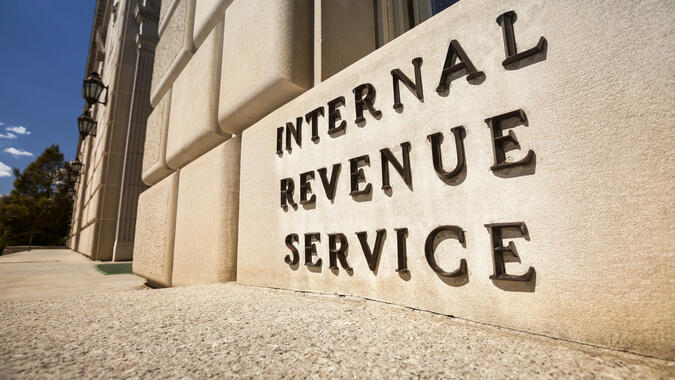Simplification of Employee Benefit Plan Disclosures
- Published
- Aug 18, 2015
- Share
Great news! New accounting pronouncements were recently issued to simplify disclosures for employee benefit plans. In July 2015, the Financial Accounting Standards Board (“FASB”) issued Accounting Standards Update No. 2015-12 (“ASU 2015-12”) in three parts:
Part I - Fully Benefit-Responsive Investment Contracts,
Part II - Plan Investment Disclosures, and
Part III - Measurement Date Practical Expedient.
The ASU amends Plan Accounting: Defined Benefit Pension Plans (Topic 960), Defined Contribution Pension Plans (Topic 962), and Health and Welfare Benefit Plans (Topic 965).
Part I designates contract value as the only required measure for fully benefit-responsive investment contracts with regards to defined contribution pension plans and health and welfare benefit plans. The amendment eliminates the requirement to present an adjustment to reconcile contract value to fair value on the face of the financial statements. Disclosures regarding the nature and risks of fully benefit-responsive investment contracts are still required.
Part II simplifies investment disclosure requirements for both participant-directed investments and non-participant directed investments. The amendment eliminates the disclosure of investments that represent 5% of more of net assets available for benefits, net appreciation/depreciation for investments by general type, and disaggregation of investments by nature, characteristics and risks. In addition, if an investment is measured using the net asset value per share as a practical expedient and that investment is a fund that files Form 5500 as a direct filing entity, there is no longer a requirement to disclose the investment’s significant investment strategy.
Part III allows an employee benefit plan with a fiscal year-end that does not coincide with the end of a calendar month to measure its investments using the month-end closest to its fiscal year-end.
The amendments are effective for fiscal years beginning after December 15, 2015. Earlier application is permitted. The amendment is applied retrospectively to all periods presented.
Plan sponsors should consider the effect of the amendment on their employee benefit plan financial statement disclosures as a way to simply disclosures.
What's on Your Mind?
Start a conversation with Denise
Receive the latest business insights, analysis, and perspectives from EisnerAmper professionals.











